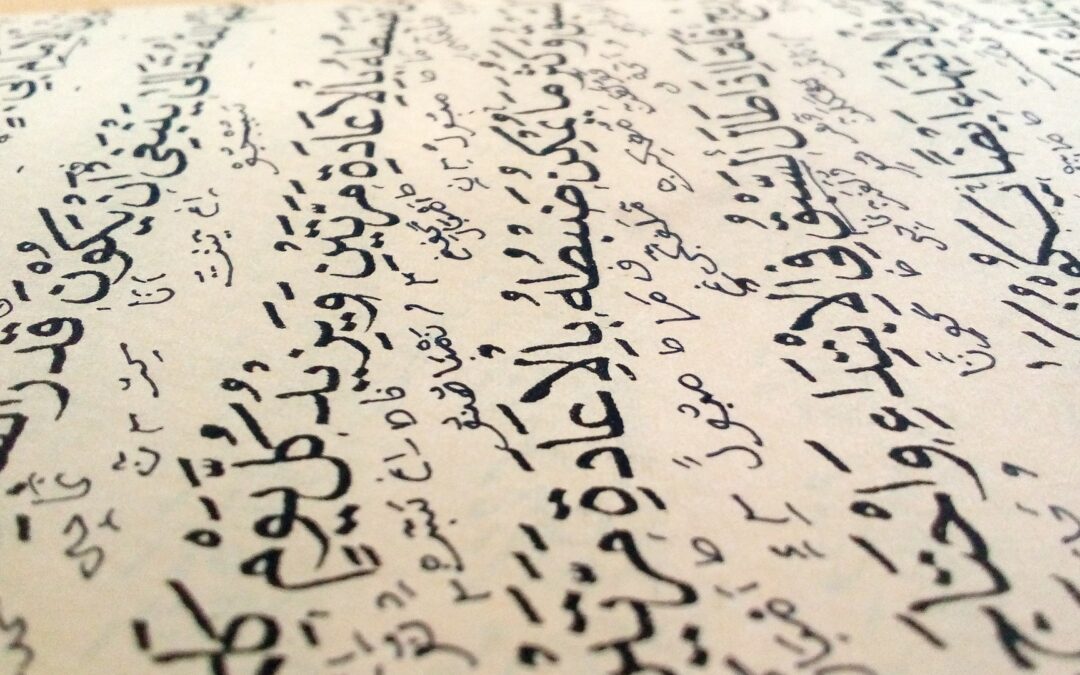
by nynasma | Mar 19, 2022 | BLOG
Aramaic and Arabic are Semitic languages from the Middle East. Although they differ in many aspects like vocabulary and grammatical rules, these languages are linguistically quite close:
Semitic Languages
The Semitic languages have a distinct lexicon. Every word with those three consonants is thematically connected. This is why verbs and nouns have a three-consonant “root.” By identifying these root letters, students of Semitic languages can guess the meaning of new words. Both Arabic and Aramaic have this feature.
Similar Writing Systems
The modern Arabic script has evolved from Nabatean, which was derived from Aramaic. Both Arabic and Aramaic alphabets are consonant alphabets. This means that consonants are spelled out but there is little or no indication of vowels. Most of the times, Arabic is only written in the Arabic script. Over the centuries, Aramaic has been written in a variety of characters, including Latin, Hebrew, Syriac, and Cyrillic.
Significance with Religions
The language of Jesus and his apostles is thought to be Aramaic. As a result, Christians in various Middle Eastern nations continue to utilize it as a liturgical language to some extent.
Although a vast portion of the world’s Muslims do not speak Arabic as a first language, Arabic is learned and understood to some extent by Muslims all over the world because of its key position in Islam.
Do you want to learn more about Arabic culture and how to communicate fluently in the language? Check out Nasma of New York’s Adult Group Conversation Classes and you’ll be speaking Arabic like a pro in no time!
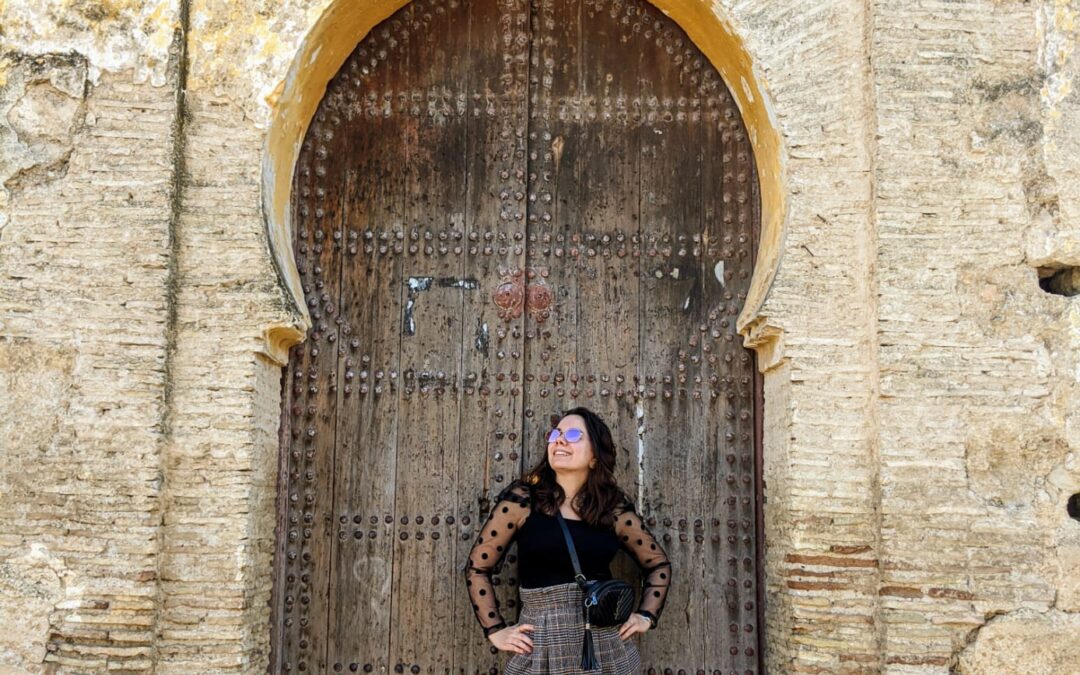
by nynasma | Jan 7, 2022 | BLOG
This is a guest post from Jenna Sherman of Parent-Leaders. We love Jenna’s suggestions about the importance of learning!
Why You Should Never Stop Learning
The leaders of tomorrow need to have a passion and a drive to always learn more about the world around them. Continuous learning, whether through formal education or through other means, is a vital tool for anyone interested in leading their community. Courtesy of Nasma of New York, here are a few reasons you should never stop learning, as well as ways to continue your education, no matter your stage in life.
The Importance of Continuous Learning
Our minds work best when we use them to their full abilities:
Seeking Formal Education
Is it time to get back to the classroom?
- Going back to school is a great move for someone looking for a career change. For example, you can look into pursuing a nursing degree online!
- Not interested in an official degree? See if there are any interesting courses you can audit, or which are published online.
- Local museums, community centers, and arts organizations often offer short classes on specific topics for those interested in continued learning.
- Want to learn to speak another language. Learn Arabic with Nasma of New York.
Self-Lead Learning
There are plenty of ways to pursue new knowledge on your own:
In a world that is always changing, the ability to keep your mind open to new information is absolutely vital. You need to keep up, not only for your own mental acuity but also for the sake of the world around you. Resolve to make learning a goal with no finish line, and you will grow every single day.

by nynasma | Aug 1, 2021 | BLOG
Despite minor variances in the environment, most Middle Eastern nations grow the same fruits. But don’t mistake this for a lack of options. Westerners who have forgotten how a tomato or a green bean should taste are astounded by the vast variety of local fresh fruits and vegetables available here, as well as their vibrant tastes.
In this post, we’ll learn a little about five of the most popular fruits cultivated in the Middle East, including how to pronounce them in Arabic, their importance, and what they represent.
Figs تِّين teen (fruit)
Since prehistoric times, figs have been grown in the Middle East. Fruits like figs, dates, olives, and pomegranates are regarded as gifts and heavenly fruits of God in the Quran because of their medical benefits. “By the fig and the olive,” says the opening Quranic verse in (chapter) Surat At-Tn (The Fig) – (95:1). One interpretation is that it is an oath to the same two fruits, which have exceptional nutritional and creative characteristics. Other interpretations are possible, of course.
Dates تَمْر temir (fruit)
Despite the fact that the environment in some regions of the Middle East is one of severe heat, dryness, and little rain, dates appear to be one of the most successful fruits due to their climatic compatibility. They offer several health advantages and are typically consumed during the holy month of Ramadan. Prophet Mohammed is said to have broken his fast with three dates and water. Fasting can cause headaches and low blood sugar if it lasts for several hours. Since dates are high in fibre and sugar, which help the body restore its energy.
Olives زَّيْتُون zaytoon (fruit)
For thousands of years, olives have held religious importance throughout the Middle East. Olives, olive oil, olive trees, and olive branches appear in the Bible and the Quran several times. The olive tree is revered by Palestinians not just because of its economic value, but also because of its historical and political significance. In the Middle East, olives are served with nearly every meal, including morning. Zaatar is eaten with olive oil, which is used liberally for cooking and pouring over hummus and other Mediterranean dips.
Pomegranate رُمَّان rumman (fruit)
It is known as the fruit of the gods and offers a number of health advantages. The fruit was considered a sign of riches and ambition by the ancient Egyptians. Pomegranate juice may be purchased from merchants throughout the Middle East and is also used to produce jams, sauces, and syrups. Pomegranate is referenced three times in the Quran: Surah Ar-Rahman is one such example (55:68) “There will be fruits, date palms, and pomegranates in the two Gardens.” According to one reading, the two gardens include a profusion of fruits, such as dates and pomegranates.
Apricots مِشْمِش mishmash (fruit)
When Arabs think of apricots, they think of Damascus, Syria, where the apricot type most suited to the drink Qamar al-Din (literally “Moon of the Religion”) was initially cultivated. is a thick apricot beverage that is popular during Ramadan. The Turkish phrase “bundan iyisi am’da kays” directly translates to “the only thing finer than this is a Damascus apricot.” “It doesn’t get much better than this,” to put it another way.
Green Almonds لوز اخضر loz akhdar (fruit)
Prunus amygdalus, a cousin of the peach, plum, and apricot, is the first fruit tree to blossom in the spring. Clusters of light green pods linger on the trees after the fragrant almond blooms have fallen. These embryonic almonds, known as ‘green almonds,’ will develop into the nut we all know.
Green almonds are these fuzzy green pods. After the flowers have faded, these tiny nutlets develop on almond trees. In places where almond trees thrive, green almonds, a symbol of spring, are used to mark the calendar.
Green Plums جنارك janarik (fruit)
One tiny mouthful captures that green spring crunch! Tiny (about the size of grapes), juicy, extremely crunchy, and a little sour, one small taste captures that green spring crunch! I took a mouthful, and they tasted like an immature, green mango—a little sour! Because they’re plucked before they’ve fully matured, they’re sour.
Goje sabz in Iran, janerik or jarareng in Lebanon, erik in Turkey, mei in China, and ume in Japan are some of the names for young, sour plums. Although not all plums are the same, they may all be utilised in the same way. As the first fruits of spring, this type, which is particularly popular in Middle Eastern cultures, is well loved.
Want to learn more about Arabic culture and how to converse flawlessly? Check out Nasma of NY’s Adult Group Conversation Classes and become a pro at spoken Arabic in no time!
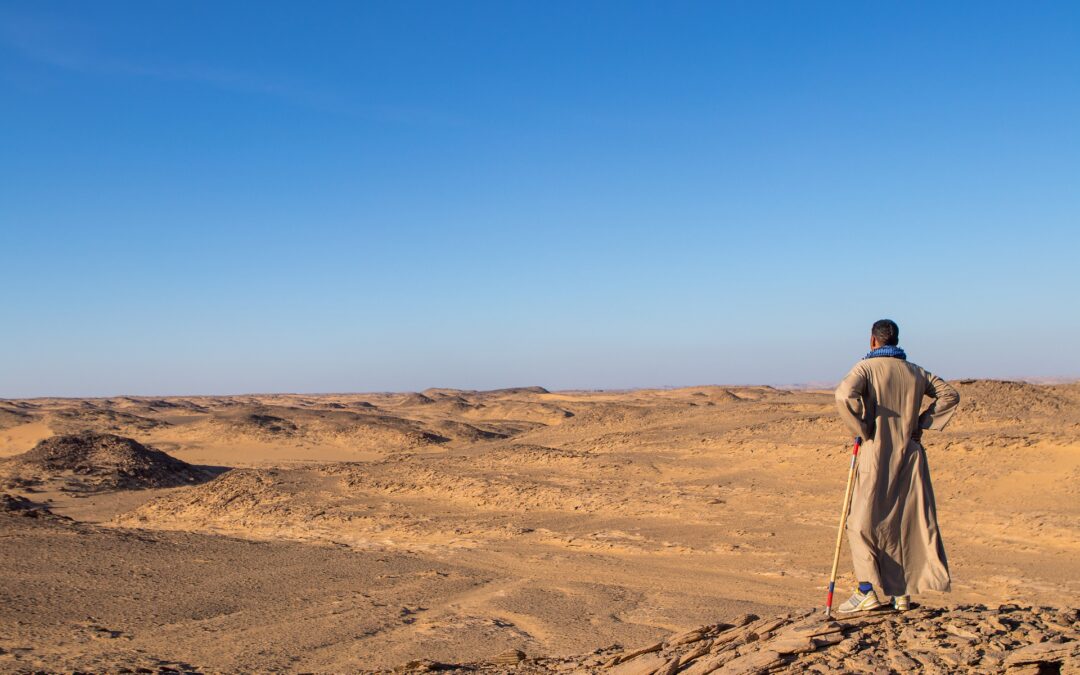
by nynasma | Jul 18, 2021 | BLOG
Reading with children is a pleasurable bonding and educational experience. However, in the case of Arabic, people often find reading in this language to be a painful experience. The reason being there are not enough books written in the language they are fluent in – Levantine Arabic.
Accessible books are uncommon, but inaccessible books are a lot. Children do not seek out books written in ancient Arabic. This is because they are full of strange vocabulary and grammatical structures. Parents struggle to inculcate a love of language and learning in their children.
-
Diglossia:
Arabs have done this to themselves. They blame their communication on diglossia, or language diversity while denying their participation in it. Diglossia occurs when two or more variations of a language are pushed together by social conditions. In the case of Arabic, there are several spoken dialects that coexist alongside the formal, standardised al-fu, also known as Modern Standard Arabic or Classical Arabic.
While attempting to denigrate, cripple, and even eliminate dialects, Arabs have attempted to elevate the sole so-called genuine or pure Arabic. As a result, they have created an official language out of a form that no one considers a native tongue. Also, while simultaneously making everyone’s original tongues appear inferior, and worthless.
This emphasis on maintaining Classical Arabic has made reading it an unappealing experience for most people who struggle to speak the language effectively. More crucially, the dialects have been directly impacted by the fixation with or holy perspective of the ancient language.
2. Lack of Institutional Support:
Speakers are unable to properly pass on their dialects due to a lack of institutional support, a lack of relevant resources, and social snobbishness toward the spoken language. They also don’t have easy access to Classical Arabic, which everyone praises but no one speaks fluently.
Classical Arabic isn’t even a full or alive language in its current form. The majority of individuals rarely utilise it and only do so in formal contexts (or, perhaps, for official purposes). It lacks the expressive features necessary for ordinary communication. This prevents greater adoption and use, resulting in a situation in which Arabs are unable to produce such expressions. People would struggle to utilise Classical Arabic as a daily language if dialects vanished tomorrow.
3. Maintaining Literacy Rates
When language scholar John Myhill compared worldwide literacy rates to education spending, he came to the conclusion that focusing on Classical Arabic in formal education lowers literacy rates in Arabic-speaking nations. Arabic-speaking literacy rates are lower than predicted across the board, especially in the wealthier Gulf Arab states, considering the amount of money spent on education.
Given allegations that people pay bribes to pass literacy examinations, exam scores, a frequently used indicator of educational performance, fail to reflect an accurate picture of language ability.
Arabs and other Arabic speakers praise Classical Arabic while mocking themselves for not being able to grasp it, and they despise their own dialects while spending their days immersed in them. If people could be free of that strange and terrible contradiction – if they could love and embrace Arabic in all of its forms without conflicting with or inside themselves – then the world would be a better place.
Check out our range of books in Levantine Arabic for both Kids and Adults.
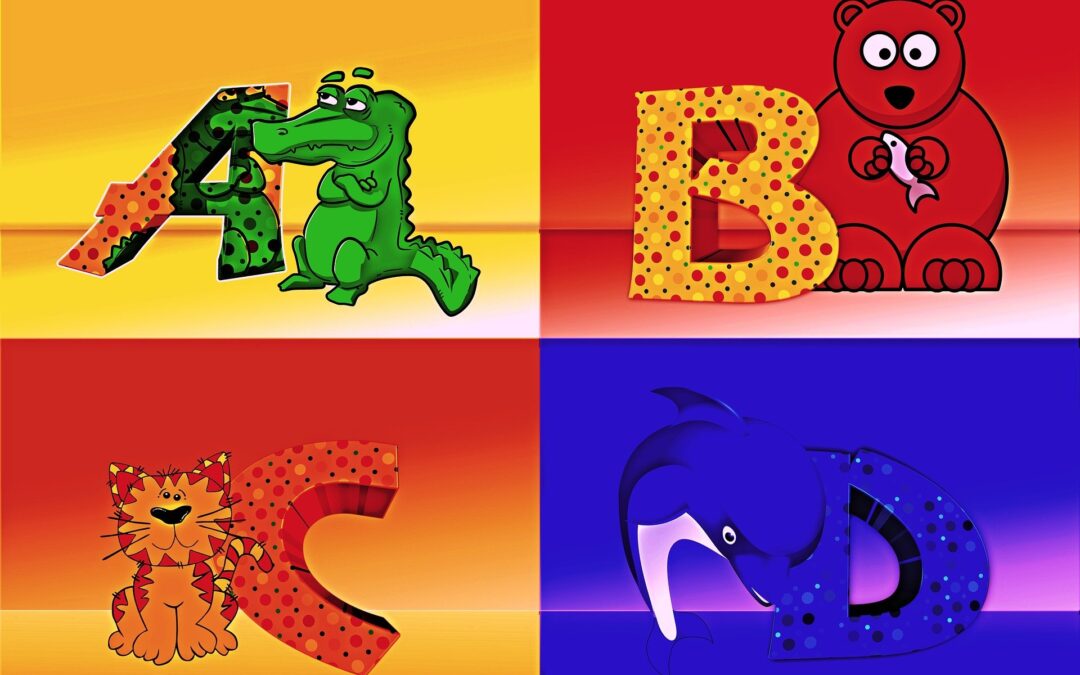
by nynasma | Jul 8, 2021 | BLOG
Each child is gifted in their own way, and what works for one may not work for another. Parents worry when they see their kids not catching up on a language in the early stages. They should experiment with different learning techniques to teach their kids proper Arabic alphabet recognition.
The following are some techniques you may use to teach your kids Arabic alphabet recognition.
Visual Arabic Learning Style:
Colors and visuals appeal to visual learners. They learn best when they see their teacher write an example on the board, see a demonstration, look at photos and diagrams, and so on. If they are watching the instructions, they will pay more attention to them.
Most of the time, if kids have visual aids for learning, they can study in a loud environment without trouble – even if they themselves are silent.
You can explore shadow play, tracing, chalking, and puzzle match for a visual learning experience.
Check out our Levantine Arabic textbook for Kids here
Auditory Arabic Learning Style:
Sound and explanations are important to auditory learners. They prefer to listen to a recording or explanation and may efficiently recall information just by listening.
The auditory learner thinks in terms of sounds and learns best by following a step-by-step process. They are well-versed in the English language and do well in oral tests. They may have trouble deciphering facial expressions and gestures at times.
Some ideas you can use for auditory type of learning: Arabic books, songs, rhymes, etc.
Check out our Nasma Kids Programme here
Kinesthetic Learning Style
Kinesthetic learners enjoy activities, projects, experiences, and handling things that require them to use their hands. They like acting out scenarios. Most children under the age of five are kinesthetic learners, meaning they move around and touch things as they learn.
Such students learn best when their bodies are involved, which is why their hands are always moving and up to something. If there is little or no external stimulus, touch, or movement, they will lose attention. They may point while reading and make gestures while speaking. These students benefit from wide places where they may sketch, walkabout, and so on. As a result, the finest learning resource for children is the outdoors.
Some ideas you can explore for Kinesthetic type of learning: Sand play, soft dough, clay, blocks, etc.
While still supporting your child’s inherent inventiveness, have fun learning together via games and varied experiences!
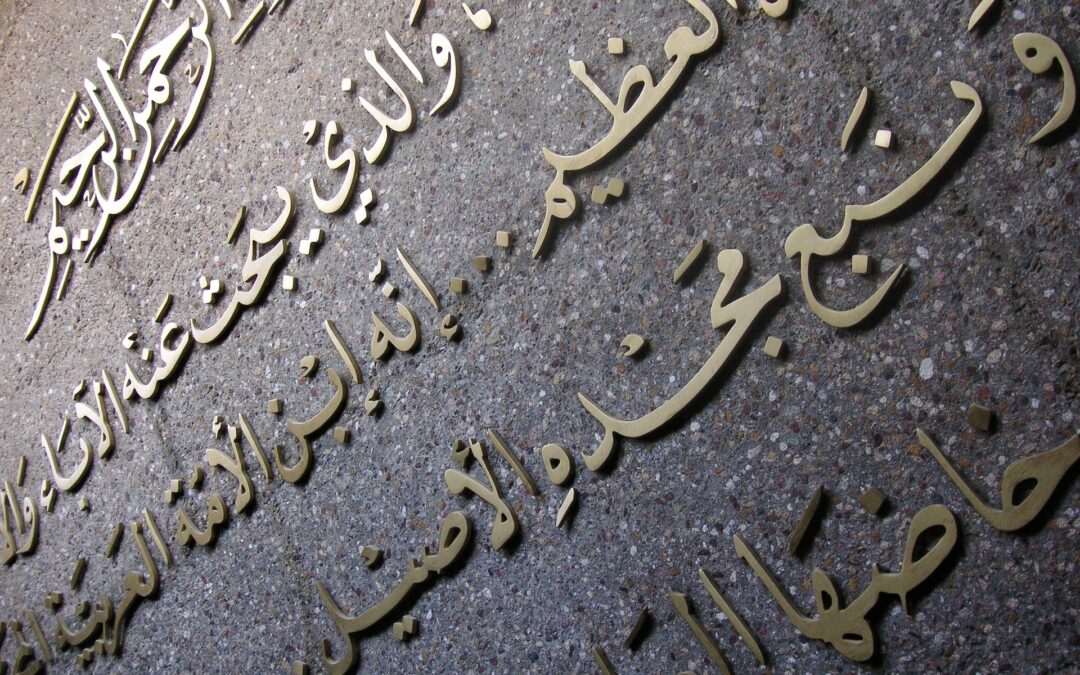
by nynasma | Jun 28, 2021 | BLOG
Modern-day corporations require employees to know various languages like German, French, Arabic etc. From the Middle East to North Africa, Arabic is spoken in more than 20 nations, each with its unique dialect. Dialects can differ from town to town.
Most of the time, this type of requirement compels students to take up courses to become fluent. One such popular course for learning Arabic is Modern Standard Arabic.
MSA is a standardised version of the Arabic language that is used in formal speech and, more importantly, writing throughout the Arab world. It’s a way to make communication amongst Arabic-speaking people easier. Dialects, on the other hand, are regarded as more casual yet might be more popular in specific areas.
So, which is the better option for learning Levantine Arabic? Continue reading to discover the advantages and disadvantages of studying a dialect vs Modern Standard Arabic.
Pros of MSA
- You will have more access to Arab media, academic papers, and government documents if you learn Modern Standard Arabic. Academics, journalists, and scholars interested in the Arab Peninsula’s written records and literature will find MSA particularly useful.
- MSA, unlike local variations, is always grammatically consistent, making it easy to learn and understand norms in a short amount of time.
Cons of MSA
- It is a tough language to learn for English speakers.
- Because MSA is a written language, you won’t have many opportunities to practise with native speakers.
Pros of Learning Levantine Arabic Dialect
- If you intend on visiting Lebanon and master the Levantine dialect, you will be able to communicate in it at all times. Dialect is utilised for everyday spoken communication.
- Dialects are less formal than MSA and hence have fewer grammatical rules. Dialects are easier to learn for some people.
Cons of Learning a Dialect
- Most dialects, such as Egyptian Arabic and Moroccan Arabic, are not mutually intelligible. Thus, learning a particular variant will only be beneficial in the area where it is spoken.
- Your options for watching movies or TV series in Arabic to enhance your listening comprehension or just for enjoyment will be considerably more limited. This is because most shows are shot in MSA
- Unless you plan to master a more well-known variation of Arabic, such as Levantine, you won’t find as many study tools to practise at home.
- Studying a dialect might be difficult if you are a rational and organised learner. This is because many dialects do not follow precise rules or patterns.
So, which one should I learn?
Let me tell you a story to help you decide better:
I was hired by a company in New York that is responsible for translating tweets from the Middle East from Twitter, Facebook, and every other social media platform. I was hired as a language consultant there and gave them a crash course on how to translate tweets in a timely manner.
Their employees were graduates from the top schools in the US and had studied Arabic MSA for more than 4 years. However, they couldn’t translate Arabic sentences under the specific time the company needed. Even though they had studied Modern standard Arabic, they couldn’t translate the tweets as quickly as I could because many tweets are actually tweeted in dialects.
Conclusion
- When students learn dialects before learning MSA they will have a better understanding of the language.
- When you start with dialects you have a better chance of practising it with natives and make use of the language. You get the chance to practice from the beginning because that’s how natives commute.
- No one communicates in MSA in regular life. So, when you study MSA, you are generally missing an important part which is practising the language.
- When you start with dialect and then you learn MSA you pick it faster.
Are you confused about where to learn Levantine Arabic for corporations? Fret not, check out Nasma Of NY’s Corporate Arabic class curated just for professional language learning. Moreover, if you’re looking for gaining spoken Levantine Arabic classes, check out our Group Conversation Classes.






